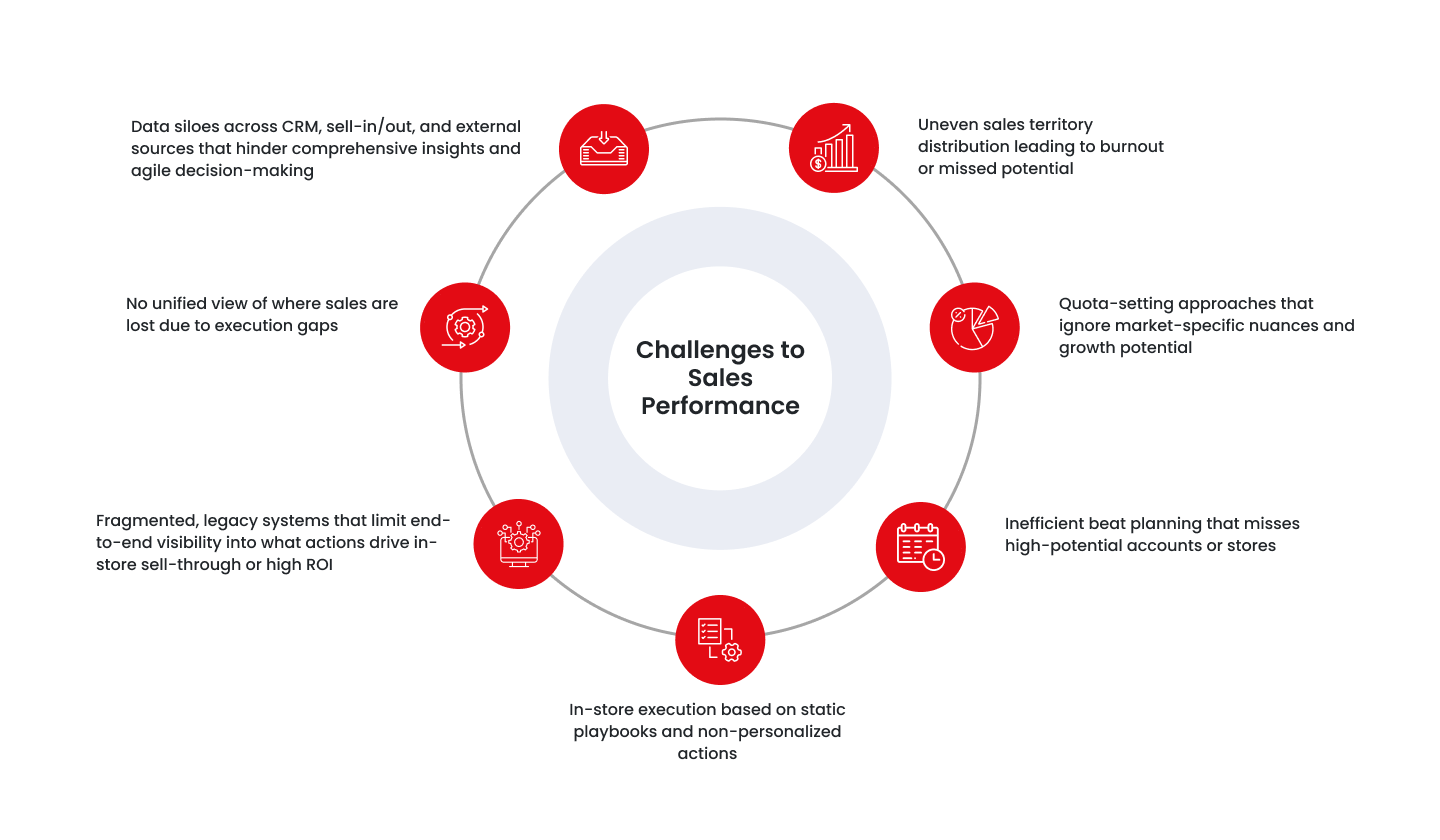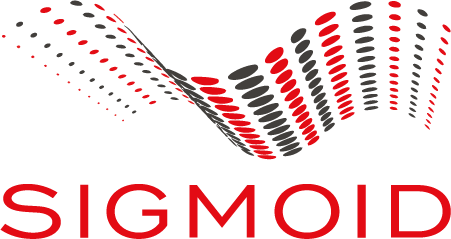Supercharging field sales effectiveness with data and AI
Reading Time: 4 minutes

In the face of inflationary pressure, margin compression, and shifting buyer behavior, sales teams face mounting pressure to deliver greater results with fewer resources. Traditional models of sales force planning and execution that are reliant on static reports, broad assumptions, and manual oversight, are no longer adequate. Yet, many organizations continue to depend on outdated approaches that fail to keep pace with today’s dynamic market realities.
Modern, hyper-competitive markets require a sales force transformation, that is agile, data-driven, and optimized for both growth and efficiency. The key to unlocking higher sales performance lies in integrating data, artificial intelligence, and predictive analytics into every stage of sales operations and execution.
Why traditional field sales strategies are falling behind
As organizations invest heavily in promotions, pricing strategies, and product innovation, last-mile execution remains a critical determinant of commercial success. No matter how well-crafted the strategy, inconsistent sales planning, inadequate coverage, or underperformance in the field can negatively impact business outcomes.
Modern sales teams often struggle to deliver high performance due to a range of operational and strategic inefficiencies.

Field sales effectiveness is critical to RGM goals
Field sales effectiveness is no longer just an operational metric, it is a tactical enabler of Revenue Growth Management (RGM) goals. Every sales rep, route plan, and store visit supports specific commercial objectives such as maximizing assortment penetration, improving promotional effectiveness, or accelerating new product sell-through.
By embedding AI into sales planning and execution, organizations can align frontline actions with broader business strategies. It ensures precision in execution that enables field sales teams to become active drivers of growth rather than being passive executors of high-level plans.
Sigmoid’s data-driven framework for sales force effectiveness
Sigmoid’s approach to field sales transformation is built on three core capabilities:
- Integrated sales data foundation: Diverse data sources including sell-in, sell-out, CRM, store attributes, market intelligence, geography, inventory and macroeconomic indicators are consolidated into a cohesive and harmonized dataset that fuels intelligent decision making.
- Granular segmentation and clustering: Clustering techniques and advanced feature engineering are used to segment stores, territories and reps. This enables personalized, targeted strategies and optimized field coverage, aligned to real market potential and store behavior.
- Predictive sales playbooks: Static assumptions are replaced with AI-powered, real-time sales execution plans. These playbooks deliver outlet-level tasking, accurate sales forecasts, and prioritized actions, all aligned with ROI goals.
Our AI and analytics models incorporate domain-specific constraints and business rules to ensure relevance and precision. This enables a seamless journey of sales force transformation from planning to on-ground execution to performance measurement.
6 ways AI and Analytics are transforming field sales productivity
Sigmoid’s advanced AI and analytics solutions power several critical salesforce effectiveness capabilities that drive field productivity and execution excellence:
- Sales territory optimization: Spatial and demand-based analytics create balanced territories that improve rep productivity and reduce operational inefficiencies. Aligning workload with market opportunity ensures better coverage and stronger territory-level performance.
3–4%
uplift in revenue
20%
improvement in territory value balance
- AI-enabled sales quota planning: Predictive models use store potential, historical trends, rep performance, and product velocity to set equitable, data-driven quotas. These ensure higher attainment, compliance, and closures while improving overall sales momentum.
18%
increase in quota compliance
25%
faster quota closure
- Intelligent beat planning and route optimization: Advanced ML models generate dynamic beat plans using real-time inputs like outlet priority, traffic data, and rep profiles. This optimizes store visits, improves coverage of high-value outlets/accounts, and minimizes travel inefficiencies.
Up to 5%
improvement in account coverage
- In-store execution intelligence: ML-based engines recommend personalized in-store actions such as cross-sell/upsell opportunities, stock adjustments, and display optimization based on outlet performance and sales potential of the category. These data-backed recommendations help reps drive Perfect Store execution and revenue per visit.
4%
sell-out growth through Perfect Store KPI optimization
- Smart execution: AI models flag non-compliant stores and auto-assign priority visits based on key execution metrics like promotion effectiveness, planogram compliance, and sales performance. Integrated dashboards offer real-time KPI tracking and execution ROI across channels, enabling proactive interventions and continuous sales performance optimization.
4%
improvement in incremental sales
15–20%
increase in coverage
- Salesforce gamification: Gamification of sales workflows through interactive platforms to motivate reps with points, badges, leaderboards, and team-based challenges tied to KPIs like calls, coverage, and Perfect Store goals. Analytics-backed goal tracking and incentives improve performance, engagement and adoption.
Higher
field adoption and engagement
Better
execution of strategic priorities
Impact across the sales funnel
The benefits of data and AI-driven sales force effectiveness extend across the entire sales funnel:
- Improved sales productivity through targeted routing and visit prioritization
- Higher ROI from sales efforts due to precise quota planning and execution intelligence
- Greater responsiveness o changing market conditions, competitor actions, and internal objectives
- Stronger sales-rep engagement through clear, data-backed goals and achievable targets
Building the future of sales with Data and AI
Sales organizations that embrace predictive analytics and AI-driven planning will lead the next wave of productivity, agility, and revenue growth. As Agentic AI evolves, the future points to autonomous sales orchestration; where systems continuously optimize territories, targets, and execution without manual intervention. Sigmoid empowers this journey by combining deep data engineering, advanced analytics, and field-tested solutions tailored to real-world sales challenges. It is time for sales forces to move beyond execution and become catalysts of competitive advantage.
Suggested readings
Featured blogs
Subscribe to get latest insights
Talk to our experts
Get the best ROI with Sigmoid’s services in data engineering and AI
Featured blogs
Talk to our experts
Get the best ROI with Sigmoid’s services in data engineering and AI







